After missing the playoffs for a 16th straight season in 2021/22, the Kings entered the offseason focused on hiring a new head coach and adding complementary pieces around De’Aaron Fox and Domantas Sabonis.
While Fox and Sabonis are supremely talented offensive players, neither is an elite three-point marksman or a shut-down defender, so shooting and defense were Sacramento’s top summer priorities.
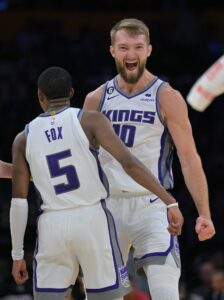 The Kings addressed their outside shooting in all sorts of different ways, drafting Keegan Murray with the fourth overall pick in June, then signing Malik Monk in free agency and acquiring Kevin Huerter in a trade with the Hawks.
The Kings addressed their outside shooting in all sorts of different ways, drafting Keegan Murray with the fourth overall pick in June, then signing Malik Monk in free agency and acquiring Kevin Huerter in a trade with the Hawks.
Unfortunately, of those three players, only Murray is considered a strong defender, but the Kings did hire a head coach – Mike Brown – who built his reputation on his defensive acumen, so the hope was that he could get more out of the personnel than another coach might have.
Of course, if the personnel isn’t right, there’s only so much that a head coach and a rookie can do to upgrade a defense, so it’s perhaps no surprise that the Kings haven’t made major strides on that end of the floor so far this season — their 114.0 defensive rating ranks 26th out of 30 teams.
However, as Dan Devine of Yahoo Sports writes, Sacramento’s offense has emerged as one of the league’s most explosive units — the team’s 116.5 offensive rating leads all Western Conference clubs and ranks second in the entire NBA. That offense was firing on all cylinders in a statement game on Tuesday, as the Kings racked up 153 points – a league-high so far this season – and blew out the Nets in their first TNT home game since 2018, notes Anthony Slater of The Athletic.
The Kings, who were missing Murray to open the season, got off to an 0-4 start, but have been one of the NBA’s most impressive teams since then. They’ve won seven of their last nine games, and their only two losses were by a single basket in Miami and Golden State. As Devine observes, both losses also featured controversial late-game calls, as the Heat benefited from a missed travel on Tyler Herro, while the Warriors got away with a missed Klay Thompson foul on Huerter’s last-second attempt to tie the game.
While the subpar defense remains a concern, Sacramento’s high-powered offense could make up for it, allowing the Kings to outscore their opponents in shootouts on any given night.
Breaking down the team’s offensive performance so far, Devine cautions that some regression is probably coming — Huerter’s 52.6% three-point mark and Fox’s 84.0% conversion rate at the rim are among the numbers unlikely to stay that high.
Still, it looks like the pieces fit together well, with shooters like Huerter, Monk, Murray, Harrison Barnes, and Terence Davis proving to be ideal complements to Fox and Sabonis. Sacramento currently ranks fourth in three-pointers per game and seventh in three-point percentage — last season, the team was 25th and 24th, respectively, in those categories.
Kevin Durant, who was with Brown in Golden State for three years, was impressed by what he saw on Tuesday and understands why the former Warriors assistant wanted to coach the Kings.
“They got a deep team,” Durant said, per Slater. “They got a lot of guys that can play real minutes on any NBA team. They got 10, 11 guys that can do that so you step into a situation like that, you got two All-Star caliber in Sabonis and De’Aaron Fox, that’s a great, great team to build with. So It was a great choice by Mike to choose the Sacramento Kings and it was great by Sacramento to give Mike a chance. He’s been a part of championship groups the last six, seven years. Just a perfect pairing, I think.”
Of course, the big question is whether this version of the Kings is good enough to end the longest active playoff drought in the four major U.S. sports. While some playoff hopefuls have gotten off to shaky starts, the Western Conference is still deep and competitive, especially with clubs like the Trail Blazers and Jazz outperforming expectations in the early going.
The Kings’ 7-6 record puts them eighth in the conference for the time being, but the Clippers, Timberwolves, and Warriors are all behind them, with the potential to play a whole lot better than they have so far.
We want to know what you think. Has the Kings’ recent run turned you into a believer, or are the defensive holes still a major concern? Do you view Sacramento as a probable play-in team? Do you expect them to be one of the eight playoff teams in the West for the first time since 2006?
Head to the comment section to weigh in with your thoughts on the Kings!
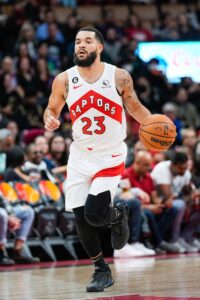 Certain extension-eligible players, including perhaps
Certain extension-eligible players, including perhaps 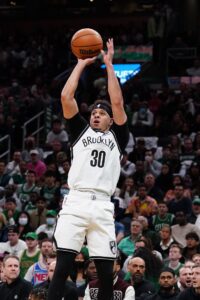

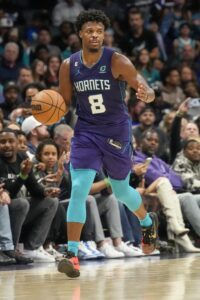 December 23:
December 23: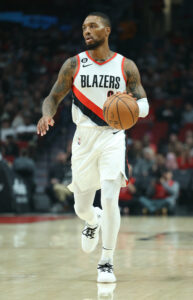 January 9:
January 9: